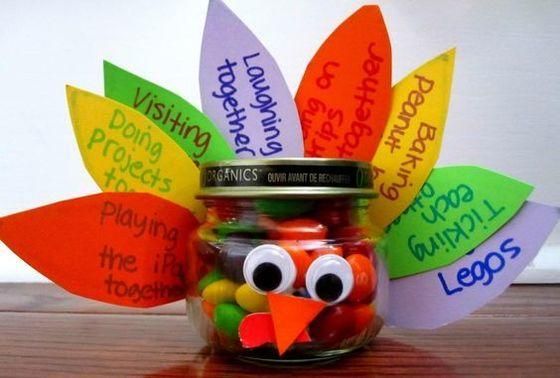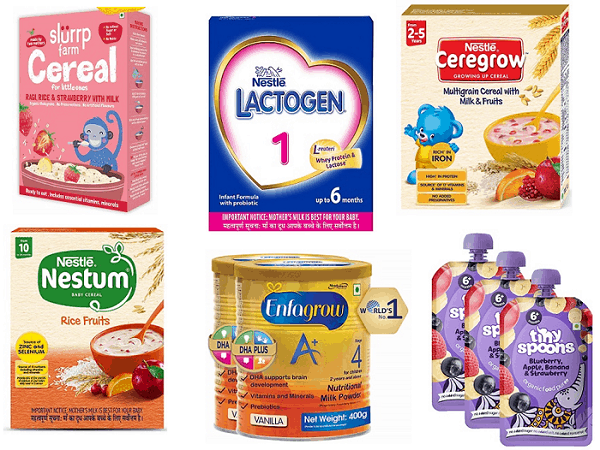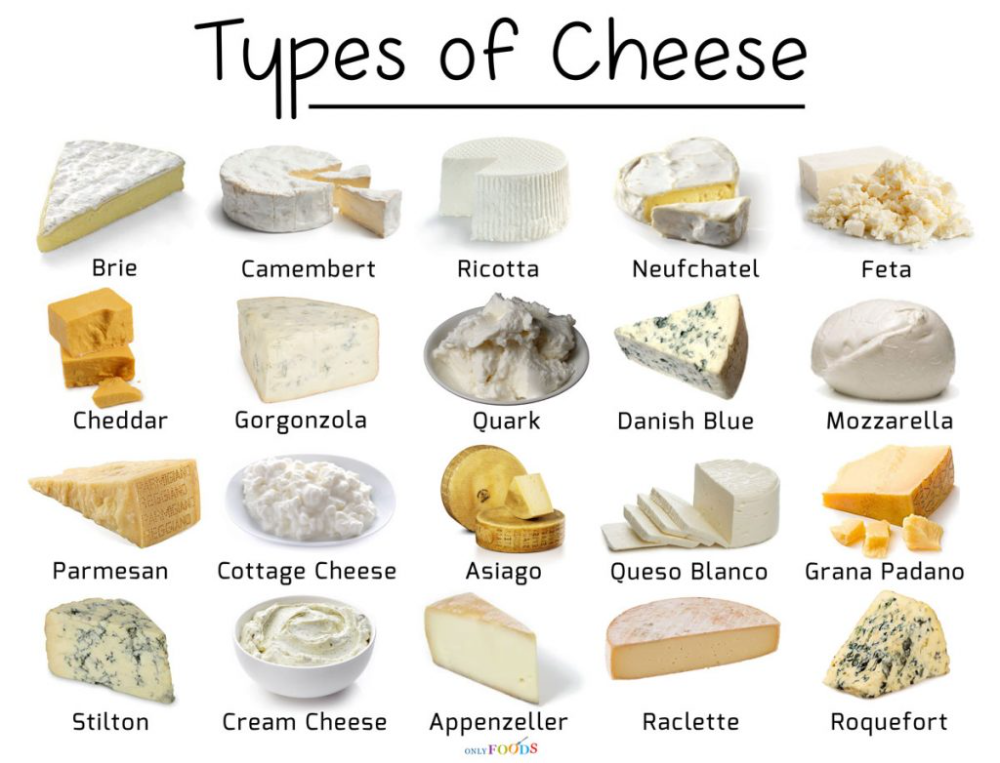Feeding newborn baby formula
Amount and Schedule of Baby Formula Feedings
- In the first week after birth, babies should be eating no more than about 1 to 2 ounces (30 to 60 ml) per feed.
- During the first month, babies gradually eat more until they take 3 to 4 ounces (90 to 120 ml) per feed, amounting to 32 ounces per day. Formula-fed babies typically feed on a more regular schedule, such as every 3 or 4 hours. Breastfed babies usually take smaller, more frequent feedings than formula-fed infants.
If your baby sleeps longer than 4 to 5 hours during the first few weeks after birth and starts missing feedings, wake them up and offer a bottle.
By the end of the first month: Your baby will be up to at least 3 to 4 ounces (120 mL) per feeding, with a fairly predictable schedule of feedings about every 3 to 4 hours.
By 6 months: Your baby will consume 6 to 8 ounces (180–240 mL) at each of 4 or 5 feedings in 24 hours.
Formula feeding based on body weight
On average, your baby should take in about 2½ ounces (75 mL) of infant formula a day for every pound (453 g) of body weight. But they probably will regulate their intake from day to day to meet their own specific needs, so let them tell you when they've had enough. If they become fidgety or easily distracted during a feeding, they're probably finished. If they drain the bottle and continues smacking their lips, they might still be hungry.
There are high and low limits, however. If your baby consistently seems to want more or less than this, discuss it with your pediatrician. Your baby should usually drink no more than an average of about 32 ounces (960 mL) of formula in 24 hours. Some babies have higher needs for sucking and may just want to suck on a pacifier after feeding.
On-demand feeding
Initially it is best to feed your formula-fed newborn a bottle on demand, or whenever they cry with hunger.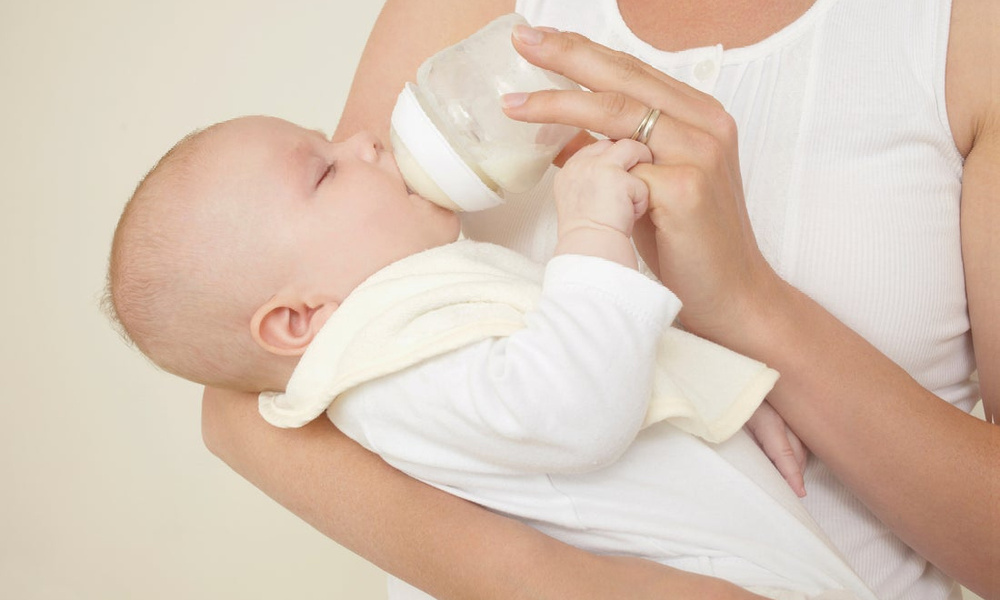 As time passes, your baby will begin to develop a fairly regular timetable of their own. As you become familiar with their signals and needs, you'll be able to schedule their feedings around their routine.
As time passes, your baby will begin to develop a fairly regular timetable of their own. As you become familiar with their signals and needs, you'll be able to schedule their feedings around their routine.
Eating & sleeping patterns
Between 2 and 4 months of age (or when the baby weighs more than 12 lb. [5.4 kg]), most formula-fed babies no longer need a middle-of-the-night feedings. They're consuming more during the day, and their sleeping patterns have become more regular (although this varies considerably from baby to baby). Their stomach capacity has increased, too, which means they may go longer between daytime feedings—occasionally up to 4 or 5 hours at a time.
If your baby still seems to feed very frequently or consume larger amounts, try distracting them with play or with a pacifier. Sometimes patterns of obesity begin during infancy, so it is important not to overfeed your baby.
Getting to know your baby's feeding needs
The most important thing to remember, whether you breastfeed or bottlefeed, is that your baby's feeding needs are unique. No book―or website―can tell you precisely how much or how often they need to be fed or exactly how you should handle them during feedings. You will discover these things for yourself as you and your baby get to know each other.
No book―or website―can tell you precisely how much or how often they need to be fed or exactly how you should handle them during feedings. You will discover these things for yourself as you and your baby get to know each other.
More information
- How Often and How Much Should Your Baby Eat?
- Making Sure Your Baby is Getting Enough Milk
- Is Your Baby Hungry or Full? Responsive Feeding Explained (Video)
- Remedies for Spitty Babies
The information contained on this Web site should not be used as a substitute for the medical care and advice of your pediatrician. There may be variations in treatment that your pediatrician may recommend based on individual facts and circumstances.
How Often and How Much Should Your Baby Eat?
By: Sanjeev Jain, MD, FAAP
One of the most common questions new parents have is how often their baby should eat. The best answer is surprisingly simple: in general, babies should be fed whenever they seem hungry.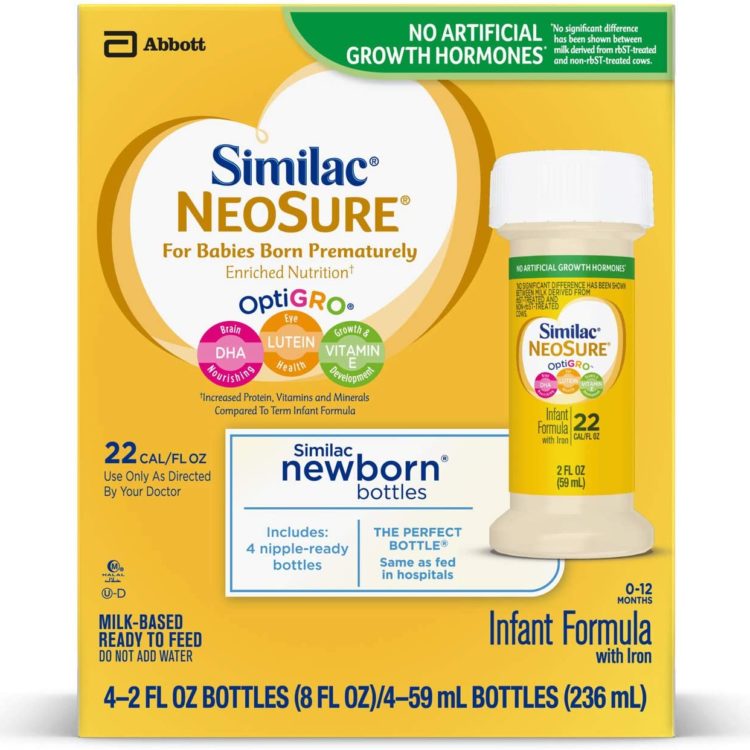
How do I know when my baby is hungry?
For babies born
prematurely or with certain medical conditions, scheduled feedings advised by your pediatrician are best. But for most healthy, full-term infants, parents can look to their baby rather than the clock for hunger cues. This is called feeding on demand, or
responsive feeding.
Hunger cues
A hungry baby often will cry. But it's best to watch for hunger cues before the baby starts crying, which is a late sign of hunger and can make it hard for them to settle down and eat.
Some other typical hunger cues in babies:
Licking lips
Sticking tongue out
Rooting (moving jaw and mouth or head in search of breast)
Putting his/her hand to mouth repeatedly
Opening her mouth
Fussiness
Sucking on everything around
It is important to realize, however, that every time your baby cries or sucks it is not necessarily because he or she is hungry.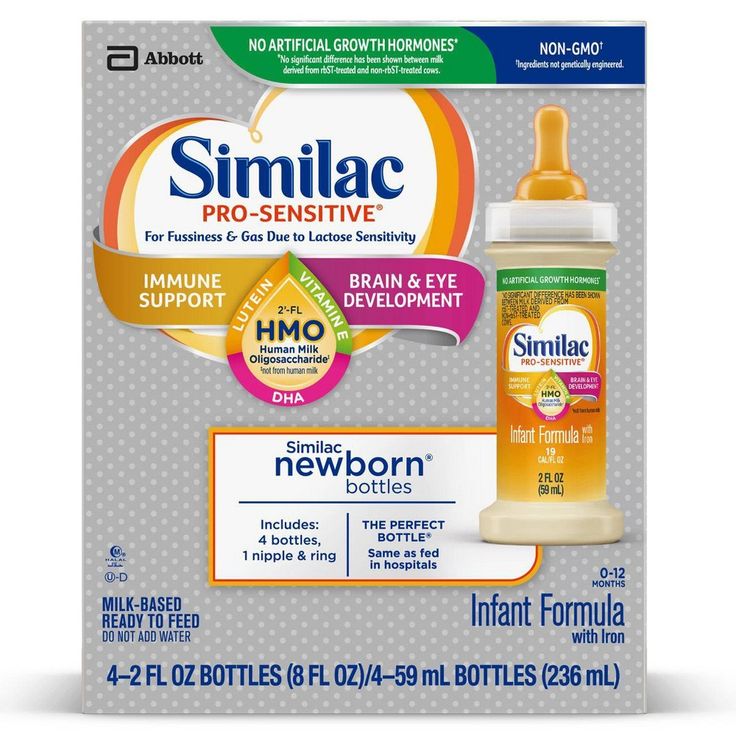 Babies suck not only for hunger, but also for comfort; it can be hard at first for parents to tell the difference. Sometimes, your baby just needs to be cuddled or changed.
Babies suck not only for hunger, but also for comfort; it can be hard at first for parents to tell the difference. Sometimes, your baby just needs to be cuddled or changed.
General guidelines for baby feeding
It is important to remember all babies are different―some like to snack more often, and others drink more at one time and go longer between feedings. However, most babies will drink more and go longer between feedings as they get bigger and their tummies can hold more milk:
Most newborns eat every 2 to 3 hours, or 8 to 12 times every 24 hours. Babies might only take in half ounce per feeding for the first day or two of life, but after that will usually drink 1 to 2 ounces at each feeding. This amount increases to 2 to 3 ounces by 2 weeks of age.
At about 2 months of age, babies usually take 4 to 5 ounces per feeding every 3 to 4 hours.
At 4 months, babies usually take 4 to 6 ounces per feeding.
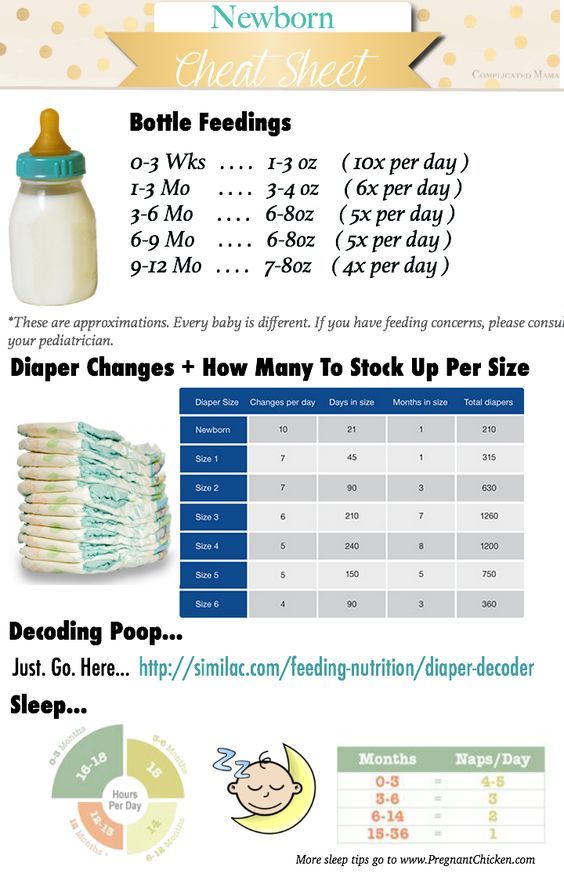
At 6 months, babies may be taking up to 8 ounces every 4 to 5 hours.
Most babies will increase the amount of formula they drink by an average of 1 ounce each month before leveling off at about 7 to 8 ounces per feeding. Solid foods should be started at about 6 months old.
Concerns about overfeeding or underfeeding your baby
Too full?
Babies are usually pretty good at eating the right amount, but they can sometimes take in more than they need. Infants who are bottle feeding may be more likely to overfeed, because drinking from a bottle may take less effort than breastfeeding.
Overfed babies can have stomach pains, gas, spit up or vomit and be at higher risk for obesity later in life. It's better to offer less, since you can always give more if your baby wants it. This also gives babies time to realize when they're full.
If you are concerned your baby wants to eat
all the time―even when he or she is full―talk with your pediatrician. Pacifiers may be used after feeding to help sooth healthy-weight babies who like to suck for comfort, rather than nutrition. For babies who are breastfed, it's best to wait to offer pacifiers until around 3 to 4 weeks of age, when breastfeeding is well-established.
Pacifiers may be used after feeding to help sooth healthy-weight babies who like to suck for comfort, rather than nutrition. For babies who are breastfed, it's best to wait to offer pacifiers until around 3 to 4 weeks of age, when breastfeeding is well-established.
Trouble gaining weight?
Most babies will double their birth weight by 5 months of age and triple their birth weight by their first birthday. If your baby is having trouble gaining weight, don't wait too long between feeding―even if it means waking your baby. Be sure to talk with your pediatrician about how often and how much to feed your baby.
How do I know if my baby is getting enough to eat?
Daily diapers
A newborn's
diaper is a good indicator of whether he or she is getting enough to eat. In the first few days after birth, a baby should have 2 to 3 wet diapers each day. After the first 4 to 5 days, a baby should have at least 5 to 6 wet diapers a day. Stool frequency is more variable and depends whether your baby is
breastfed or formula fed.
Growth charts
During regular health check-ups, your pediatrician will check your baby's weight and plot it on a growth chart. Your baby's progress on the growth chart is one way to tell whether or not they are getting enough food. Babies who stay in healthy growth percentile ranges are probably getting a healthy amount of food during feedings.
Remember
Talk with your pediatrician if you have any questions or concerns about your baby getting the right amount to eat.
More information:
- Making Sure Your Baby is Getting Enough Milk
- Amount and Schedule of Formula Feedings
- Is Your Baby Hungry or Full? Responsive Feeding Explained (Video)
- Remedies for Spitty Babies
- Ask the Pediatrician: With the baby formula shortage, what should I do if I can't find any?
- Ask the Pediatrician: How should we feed our baby if we're running low on money?
-
Airplane Choo Choo: A Feeding Guide for Children (National Dairy Council)
About Dr.
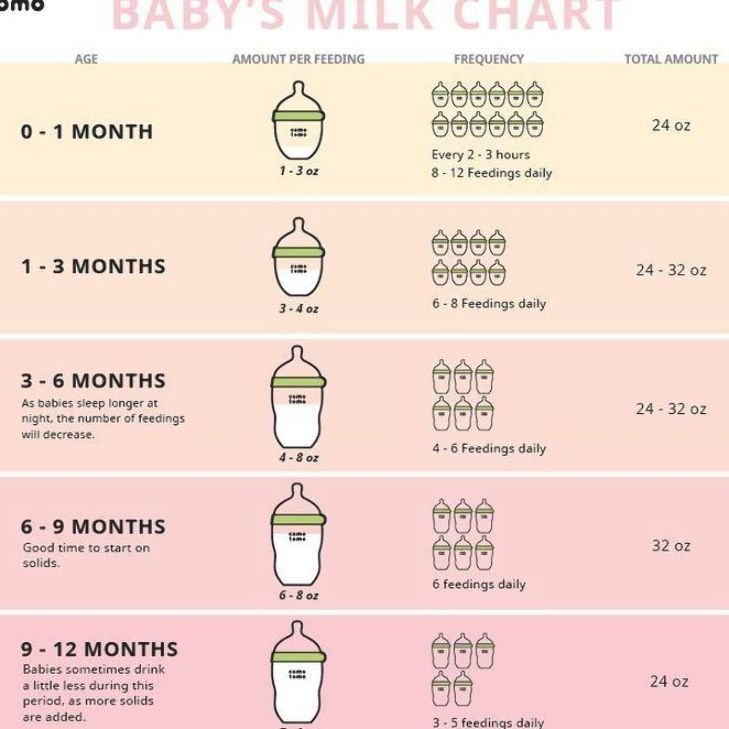 Jain:
Jain:
Sanjeev Jain, MD, FAAP, is a Clinical Associate Professor of General Pediatrics and Adolescent Medicine at the University of Wisconsin School of Medicine and Public Health. Within the American Academy of Pediatrics, he is a member of the Section on International Child Health and the Wisconsin State Chapter.
The information contained on this Web site should not be used as a substitute for the medical care and advice of your pediatrician. There may be variations in treatment that your pediatrician may recommend based on individual facts and circumstances.
feeding rules, types of mixtures, tips for breastfeeding mothers
If breastfeeding is not possible, do not be upset: modern technologies make it possible to achieve maximum compliance of artificial feeding with all healthy nutrition standards. We talk about the basic rules of artificial feeding and common mistakes.
Website editor
Tags:
Health
weight loss nine0003
Children
Nutrition
VOICE recommends
The health of a newborn is directly dependent on his nutrition.
⚡️⚡️⚡️ TO STAY CONNECTED NO matter what, LOOK FOR US IN Yandex.Zen, VK, Telegram, Odnoklassniki.
If you can breastfeed, great, it's the best food for your baby. But if for some reason natural feeding is not possible, this is not a reason to panic: there are now many healthy mixtures that can replace mother's milk. Study our rules for artificial feeding, and everything will work out! nine0003
When to switch to artificial feeding
- Inability to breastfeed for medical reasons. With some diseases, as well as when taking a number of medications, breastfeeding is prohibited, since milk can be dangerous for the baby due to the content of toxic substances. Sometimes the reason to stop breastfeeding may be the child's disease (for example, cleft lip or severe malformations).
- Cessation of lactation. If there is not enough milk or it has disappeared completely, there is nothing to do, you need to supplement the baby with mixtures.
 As a rule, mixed and artificial feeding solve the problem. nine0034
As a rule, mixed and artificial feeding solve the problem. nine0034 - Impossibility of regular feeding. For example, you can go to work or end up in a hospital, and this is not a reason to starve a child, but a reason to switch to mixed or artificial feeding: the rules for feeding and portion sizes change somewhat.
- Inadequate nutritious milk from the mother. Sometimes the problem is solved by changing your diet, but if the milk remains watery and the baby is screaming with hunger, then it's time to supplement him with mixtures, and later switch to them completely. nine0034
- The wish of the child's mother. No matter how pediatricians talk about the benefits of breastfeeding, sometimes women who have every opportunity to breastfeed still prefer to give their baby a bottle. Well, that's your right. Just learn first the rules of artificial feeding of infants!
Rules for artificial feeding of a child
It is best to consult a pediatrician, but in principle, if the baby is not lactose intolerant, any mixture approved by the Union of Pediatricians of Russia will do. It is great if the mixture contains Omega 3 and Omega 6 fatty acids, they contribute to the harmonious development of the nervous system. nine0003
It is great if the mixture contains Omega 3 and Omega 6 fatty acids, they contribute to the harmonious development of the nervous system. nine0003
For example, Nutricia's "Malyutka" formula meets all the standards and rules of artificial feeding, is produced according to European technologies with the strictest quality control and is recommended as an alternative to breast milk even for newborns. Nutricia regularly evaluates the quality and demand for its products among consumers and doctors, analyzing the results of independent surveys of pediatricians and mothers with children up to 24 months of age.Iodine, selenium, zinc, iron with enough vitamin C (for better absorption), choline, taurine, L-carnitine are modern ingredients, the amount of which is specially selected in formulas to meet the needs of children.The quality is monitored by the Dutch research center Numico, the milk base for formulas is made in the most environmentally friendly country - Ireland, and production is open in Russia, at a plant in Istra, which received the international ISO 22000 certificate - maximum food safety control who in. nine0003
nine0003
Bibikol New Zealand brand mix is made on the basis of wholesome goat milk. The range of the brand includes mixtures for the smallest and older children, and the quality of the products is confirmed by Russian pediatricians. As a rule, formula feeding does not cause serious side effects even during the adaptation period.
The Dutch brand Kabrita also makes milk formulas based on goat's milk, which is easier to digest than traditional cow's milk. The brand's products contain vitamins, microelements and other functional ingredients necessary for the development of the child. nine0003
The mixes of another Dutch brand, Friso, are considered among the best due to their high quality. The brand offers mixtures for both newborns and older children. Subject to the rules for artificial feeding, this is an excellent choice for babies of different ages.
2. How do I know if formula is right for my baby?
If possible, the transition to artificial feeding should be done according to the rules, gradually replacing breast milk with formula.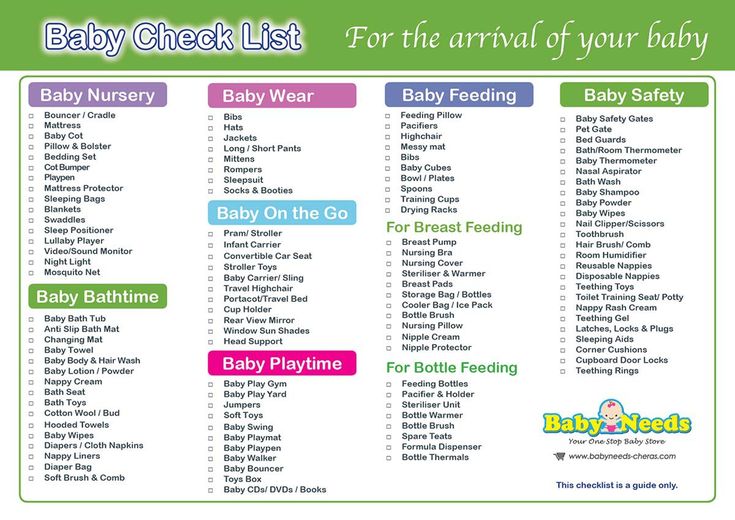 Pediatricians believe that adaptation to a new diet in babies under the age of one year takes from 3 to 7 days. During this period, stool changes, gas formation are possible, and this should not be frightened. As a rule, after a week, the baby stops worrying about the tummy and gets used to the new mixture. If this does not happen, it is worth choosing another food for him. For example, instead of the usual milk mixture, offer a fermented milk analogue. Major brands, like Nutricia's Malyutka, always have both options in their product line. nine0003
Pediatricians believe that adaptation to a new diet in babies under the age of one year takes from 3 to 7 days. During this period, stool changes, gas formation are possible, and this should not be frightened. As a rule, after a week, the baby stops worrying about the tummy and gets used to the new mixture. If this does not happen, it is worth choosing another food for him. For example, instead of the usual milk mixture, offer a fermented milk analogue. Major brands, like Nutricia's Malyutka, always have both options in their product line. nine0003
Formula milk can be used from birth
To improve digestion, a pediatrician can recommend cultured milk formula for formula feeding
3. How to choose a feeding bottle?
Feeding bottles come in plastic and glass, and each option has its own advantages, there are no strict rules for artificial feeding in this regard. Plastic ones are safer because they don't break. They are lighter, so it is convenient to take them with you for a walk.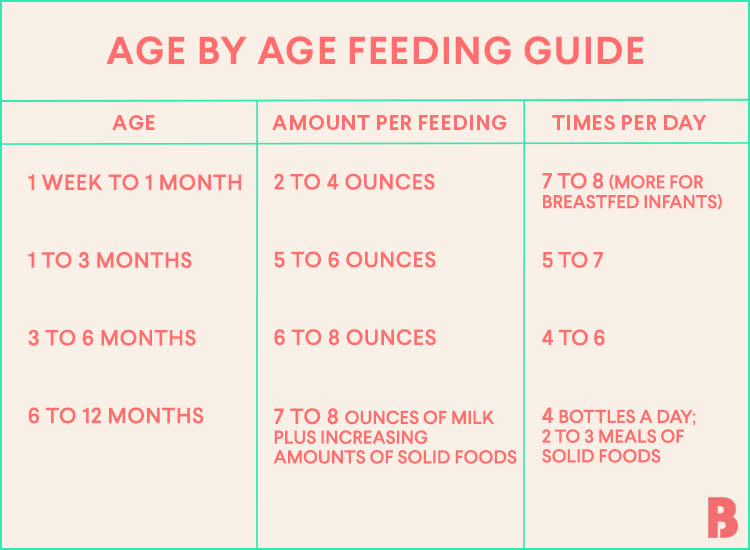 Glass is good because it can be sterilized many times, while plastic can deteriorate. Which bottle to choose for a newborn depends on the age of the baby. For the smallest, glassware is better, since sterility is in the first place. For older babies outside the home, it is better to use plastic bottles, but for home feeding, still leave glass bottles. nine0003
Glass is good because it can be sterilized many times, while plastic can deteriorate. Which bottle to choose for a newborn depends on the age of the baby. For the smallest, glassware is better, since sterility is in the first place. For older babies outside the home, it is better to use plastic bottles, but for home feeding, still leave glass bottles. nine0003
4. How to properly store baby food?
Prolonged exposure to non-standard temperatures, both low and high, can change the organoleptic properties of the product, affect its solubility, and cause swelling of the foil bag or the protective membrane of the can. In case of repeated heating and cooling of the mixture, especially in winter, further use of the product may cause a painful reaction in the child. Therefore, it is very important to observe temperature control from 0ºС to +25ºС. Formula feeding regulations do not recommend storing product near heat sources such as stoves, electric kitchen appliances, radiators, or on windowsills. nine0003
nine0003
5. How long can I keep formula formula?
Less than an hour. If the baby has not finished eating, and you intend to finish feeding him in 15-20 minutes, you can not prepare a new mixture. But if the baby has eaten enough, and the feeding regimen for artificial feeding provides for the next feeding only after 2.5 - 4 hours, then the leftovers should be poured out, and a new portion should be prepared for the next time.
6. Does my child need probiotic formula? nine0050
GOS/FOS prebiotics are natural dietary fibers similar in composition to breast milk prebiotics, they are added as high-quality mixtures to improve digestion. The child quickly and painlessly gets used to such a mixture, absorbs it well and encounters stool disorders less often. Rules for artificial feeding of newborns and older children recommend giving preference to such mixtures, although this is not a strict requirement.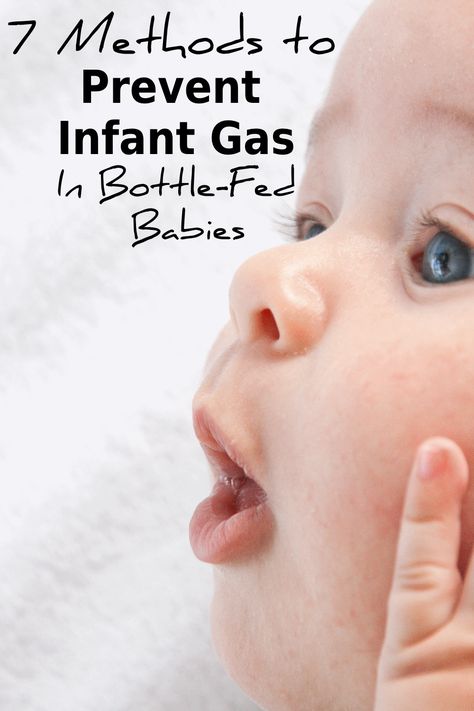
7. How do you know if your baby is eating enough? nine0050
You can use the Shkarin formula: The volume of the mixture per day = 800 ml + 50 x (M-2), where M is the number of months of the child's life. But this method is only suitable for babies older than 2 months. For newborns, everything is very individual, since babies are born with different weights and heights, so if you are afraid that the baby is malnourished or overeating, consult a doctor before feeding the baby formula again.
8. Should I change my formula?
If there is no reason to doubt the quality of the mixture and its tolerance by the baby, you should not change your child's usual diet just because the new mixture seems more useful, modern, etc. to you. Replacing the mixture can be a real stress for the child's body. And there is no guarantee that a new diet will not cause any signs of intolerance. Replacing the mixture is justified when passing the next age limit, and even in this case, the rules for artificial feeding recommend remaining faithful to one manufacturer. nine0003
9. What is the correct way to mix?
According to the rules of artificial feeding, most mixtures are prepared as follows: cool boiled water to a temperature of 50-60 ° C (a higher temperature cannot be used, live bifidobacteria die and some vitamins are destroyed). Pour it into a bottle, add the exact amount of the dry mixture there. Close the bottle, mix the mixture thoroughly, shaking the contents of the bottle. Look at the light so that there are no lumps, the milk should turn out homogeneous. To check the temperature of the food - put a few drops on your wrist or elbow crease (the most sensitive place). The mixture should be slightly warmer than body temperature—i.e. practically not felt. nine0003
10. Technique and rules of artificial feeding
How to formula feed correctly? In order to make it comfortable not only for the baby, who should be in a semi-vertical position, but also for the mother during feeding, you can use additional pillows by placing them under the back. The position of the mother's legs can be different: you can put your foot on the foot, you can put a low bench under your feet, you can feed the baby in the prone position, while gently holding the baby. To reduce air swallowing, tilt the bottle so that the milk fills the nipple and the air rises to the bottom of the bottle. Hold your baby upright for a few minutes after feeding to reduce the chance of spitting up. nine0003
The position of the mother's legs can be different: you can put your foot on the foot, you can put a low bench under your feet, you can feed the baby in the prone position, while gently holding the baby. To reduce air swallowing, tilt the bottle so that the milk fills the nipple and the air rises to the bottom of the bottle. Hold your baby upright for a few minutes after feeding to reduce the chance of spitting up. nine0003
Mistakes in artificial feeding
- Blame yourself for being an "artificial" baby. Yes, mother's milk is considered the best food for babies, but if for some reason you cannot provide a child with them, this is not a reason to declare yourself a bad mother. Numerous children were bottle fed and did not experience any fatal consequences. Learn the rules of artificial feeding and follow them without blaming yourself needlessly.
- Feed on demand. Artificial feeding rules suggest feeding by the hour, not on demand.
 The mixture is digested longer than mother's milk, so it is important to withstand breaks between feedings. nine0034
The mixture is digested longer than mother's milk, so it is important to withstand breaks between feedings. nine0034 - Ignore the rules for the introduction of complementary foods when artificially fed. Do not introduce complementary foods earlier than at 6 months, and be sure to consult with your pediatrician beforehand.
- Forgetting to drink water. For high-quality assimilation of mixtures, water is necessary! Be sure to let the baby drink.
- Feeding regular milk instead of formula. Neither cow's nor even wholesome goat's milk is suitable for children. Use only special formulas and follow all the rules of artificial feeding that we have talked about. nine0034
Formula feeding
All parents dream that their child grows and develops correctly and harmoniously. However, the formation of a child's body largely depends on balanced nutrition that the baby receives from the first days of life.
Dry milk drink "Baby milk" Valio Baby 3 NutriValio for feeding children over 12 months Read more
nine0002 Of course, the best food for a baby is mother's milk, because it gives the child a lot of useful and necessary substances for growth and development. The quality of a child's nutrition in early childhood largely determines the state of his health in adulthood. In addition, nutrition is important in the development of the child's central nervous system and affects his intelligence and abilities.
The quality of a child's nutrition in early childhood largely determines the state of his health in adulthood. In addition, nutrition is important in the development of the child's central nervous system and affects his intelligence and abilities. If the child is artificially fed, it is all the more important to consciously approach the issue of his nutrition, carefully choosing the right mixture. Carefully monitor the feeding regime and introduce complementary foods in a timely manner. It is in the power of parents to provide the baby with health for many years. nine0003
#PROMO_BLOCK#
It is important to follow a few rules, always remembering that when choosing a diet, consultation with a doctor is required!
1. Give preference only to adapted mixtures, since in their composition they are as close as possible to the composition of breast milk.
2. Take into account the individual characteristics of the body and the state of health of the baby.
3. Take into account the age of the child and select mixtures of the appropriate stage - initial and subsequent. To make it easier for parents to navigate, the formulas are labeled with numbers: 1 (0–6 months), 2 (6–12 months), 3 (from 12 months). The initial (starter) mixture is indicated by the number 1 and is intended for children in the first six months of life. Subsequent formulas have the numbers 2 and 3 on the packaging. They are intended for older babies from 6 months. It is important to remember that in mixtures for each stage, the composition formula changes, taking into account the age-related characteristics of development and the needs of children. nine0003
4. Observe the dosage in accordance with the instructions on the packaging. Deviation from these norms can adversely affect the well-being and health of the child. If you take too much dry matter, the mixture will come out with an increased content of nutrients, which can lead to more frequent regurgitation, unstable stools and excessive stress on the kidneys and intestines.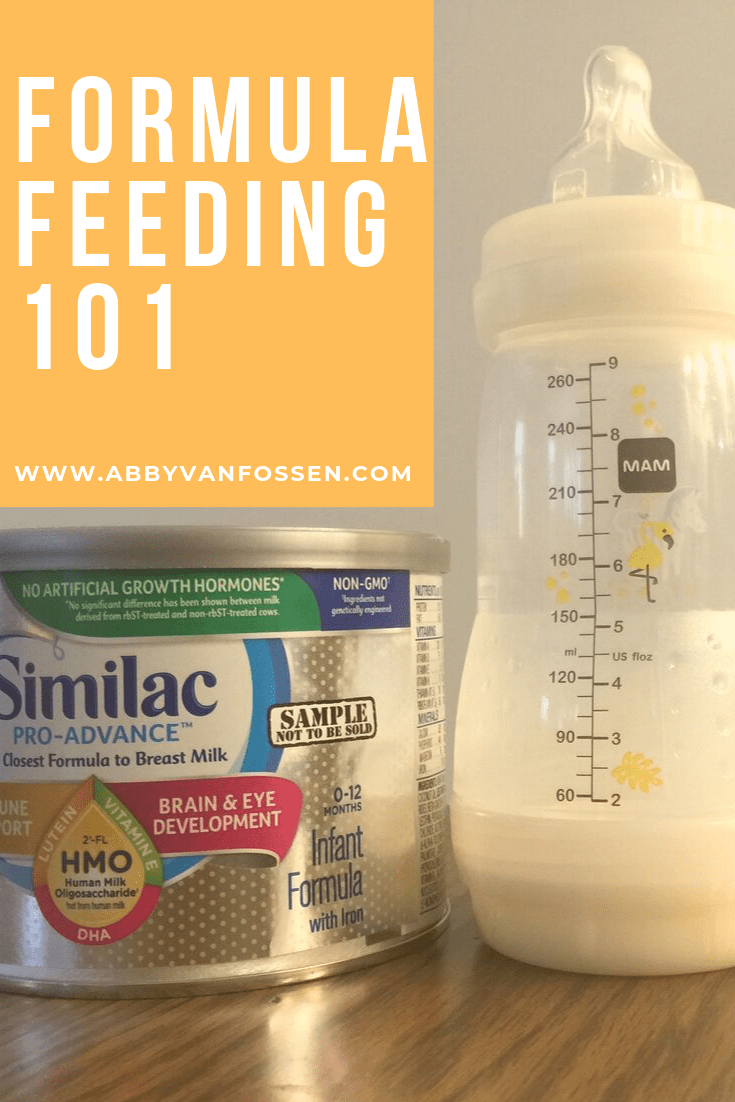 If you take the powder less than the specified norm, then the mixture will turn out to be low-calorie and insufficiently nutritious - the baby will remain hungry. nine0003
If you take the powder less than the specified norm, then the mixture will turn out to be low-calorie and insufficiently nutritious - the baby will remain hungry. nine0003
5. Use specially prepared water to dilute the mixture. Only clean and boiled water should be used.
With artificial feeding, it is impossible to abruptly transfer the baby to a qualitatively new food and without the need to change the mixture. It is very important to properly control the amount of feeding. For each age, the daily volume is calculated, which is divided by the number of doses. This is done so that the actual volumes eaten by the baby do not exceed the calculated recommended norms. To calculate the amount of feeding for the baby yourself, you should rely on the following data. nine0003
- For a child in the first days of life, the volume of feedings (day and night) per day should be 1/5 of the child's body weight. Approximately 600-900
- In the first 2 months, the volume of feeding per day should not exceed 1/5-1/6 of the child's body weight.
 For example, if a child weighs 4 kilograms, then he should eat no more than 800 g of the mixture per day.
For example, if a child weighs 4 kilograms, then he should eat no more than 800 g of the mixture per day. - For a 2-4 month old baby, the daily formula is 1/6 body weight (800-1000 g) nine0033 For a 4-6 month old baby, the maximum daily amount of formula should be 1/7 of body weight (900-1000 g).
- After six months and up to 9 months, the baby should eat within the daily volume of the mixture not exceeding 1/8 of his body weight (1000-1100 g).
- At the age of 9–12 months, the daily volume of milk formula is already 1/9 of the child's body weight (1100–1200 g).
To calculate the volume of each feeding, it is necessary to divide the calculated daily volume of milk formula by the optimal number of feedings. With artificial feeding of children in the first months of life, as a rule, 6-7 meals a day are recommended after 3 or 3.5 hours with a 6.5 or 6-hour break. nine0003
0-2 months - 7-10 feedings per day
2-4 months - 6-7 feedings per day
4-6 months - 5-6 feedings per day
6-12 months - 4-5 feedings per day
If a child has at least some deviations in development, a lag in weight gain, then you should definitely consult with a pediatrician to draw up a baby nutrition plan!nine0002 Most doctors and infant nutritionists agree that “free” (on demand) feeding is optimal for a baby.
 To meet the needs of the child, it is important for parents to listen to the child. However, when a child is bottle-fed, you should pay attention to some nuances. Already in the first days of life, babies show their individual character - one eats in moderation, the other can overeat. Therefore, when feeding with milk formulas, it is recommended to stick to the golden mean and choose a partially limited "free mode", when there are no restrictions on the time and frequency of feeding, but the volume of the mixture eaten is controlled. nine0003
To meet the needs of the child, it is important for parents to listen to the child. However, when a child is bottle-fed, you should pay attention to some nuances. Already in the first days of life, babies show their individual character - one eats in moderation, the other can overeat. Therefore, when feeding with milk formulas, it is recommended to stick to the golden mean and choose a partially limited "free mode", when there are no restrictions on the time and frequency of feeding, but the volume of the mixture eaten is controlled. nine0003 From the first days of the transition to artificial feeding, it is important to carefully monitor the reactions of the baby and record them. The best option is to keep a child's food diary, where you need to write down all the nuances associated with feeding: time, amount of food, baby's reactions after feeding. If necessary, such a diary will help you and your baby's pediatrician adjust the schedule and volume of feedings, as well as understand the possible causes of problems with nutrition and growth.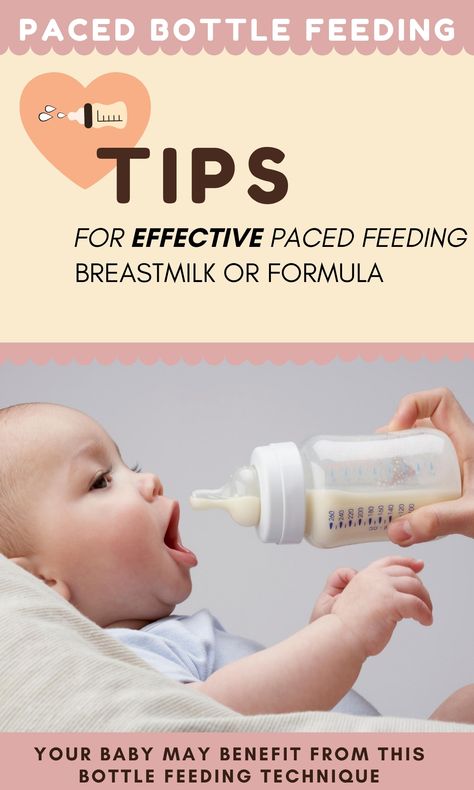
It's all about the large amount of casein - a protein that is difficult to digest and thereby increases the load on the child's digestive systems, which do not produce enough hydrochloric acid and enzymes to digest casein.
The ideal option for children from one year old is special baby milk or a milk drink that will provide the child's body with all the necessary nutrients, helping to occur a natural transition and adaptation to the next, adult, stage of nutrition. Valio specialists have developed a special baby milk Valio Baby 3, which can be used with mixed and artificial feeding. It is ideal for children from one year old, who become more mobile and active every day. You can also learn more about the correct complementary foods menu in our blog. nine0003
Valio specialists have developed a special baby milk Valio Baby 3, which can be used with mixed and artificial feeding. It is ideal for children from one year old, who become more mobile and active every day. You can also learn more about the correct complementary foods menu in our blog. nine0003
five 1
FoodShare:
Author: Reetta Tikanmäki
Palm oil in baby food
Infant milk formulas are made from cow's milk. However, in terms of fat composition, it differs significantly from that of the mother.


